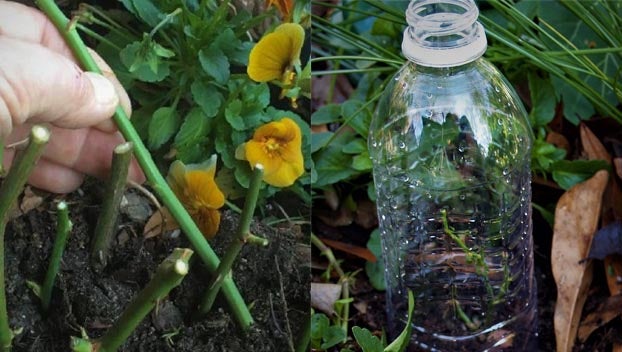On Gardening: Divide, conquer and share in your garden
Published 4:52 pm Thursday, January 10, 2019
Let’s kick this new garden year off by getting more of something while giving part of it away.
When I root cuttings of favorite old shrubs, throw wildflower seeds out my truck window, or dig up daylilies and iris and split them into smaller plants, I end up with more than I started with, usually with leftovers to share.
In fact, it’s the only way I know to divide and multiply at the same time!
And it’s time to start. Though old hands already know how to propagate, newbies might practice first on plants that are easy. You can put a four-inch stem tip of a gardenia or rosemary shrub in a windowsill glass of water and it’ll have new roots within three weeks; if you aren’t sure about dividing perennials, practice on monkey grass, then work up to daylilies.
With harder plants, I usually try to make cuttings or divisions in the season opposite of when the plants normally bloom, or at least cut off flower buds first.
This past week I dug up spread around some old white iris, which won’t miss a lick this spring. Ditto with winter-dormant hosta, hardy ferns, Mexican petunia, phlox, daylily, mint, and oregano. Making sure each little piece has a bit of roots, about all I do is cut them back so they won’t flop over and so they’ll get them started stronger come summer.
As for cuttings, in very general it’s best to root small new shoots of evergreen shrubs like azaleas and hollies in the summer, and to try deciduous plants like roses, crape myrtles, althea, and quince after they drop their leaves in the late fall or winter.
The keys are to take cuttings from this past summer’s growth, somewhere between the flimsy tip growth and the gnarly old stuff, and stick them into pretty good flower garden dirt.
That’s about it.
This week I started taking winter cuttings from everblooming heirloom oses I and volunteer helpers have planted in an old downtown Jackson cemetery. But while I rarely fuss with rooting hormones, I often cover cuttings with clear plastic bottles – with the tops removed to reduce heat buildup on sunny winter days. This is how Granny did it, just sticking small cuttings directly into good garden dirt sometime in the early winter and covering with a jar.
Honestly, my skills or luck with just sticking cuttings in dirt isn’t all that great – usually only a third or half root. To compensate, I simply stick two or three times more cuttings than I want. Worked for Granny, works for me.
I take four- to six-inch cuttings that are smaller in diameter than a pencil, and insert them about halfway into well-prepared flowerbed dirt between winter pansies and violas. I cover the soil with leaves or bark to keep the dirt from packing down around them, and water and fertilize the winter flowers like normal, which is more than enough for the roses, too.
And I make myself ignore them until mid-spring, well after they leaf out. See, they don’t root in winter; first a hard, calloused white knot forms at the base, from which roots will sprout along with leaves in the spring. I may gently tug on them in April to make sure they are rooting, but I mostly leave them alone until May, when I carefully dig and replant or pot them up before the heat of summer.
Sharing heirloom garden treasures by amateurs has been done for many centuries. If you aren’t sure how, just give it a go. Start with roses stuck between pansies.
Felder Rushing is a Mississippi author, columnist, and host of the “Gestalt Gardener” on MPB Think Radio. Email gardening questions to rushingfelder@yahoo.com.






